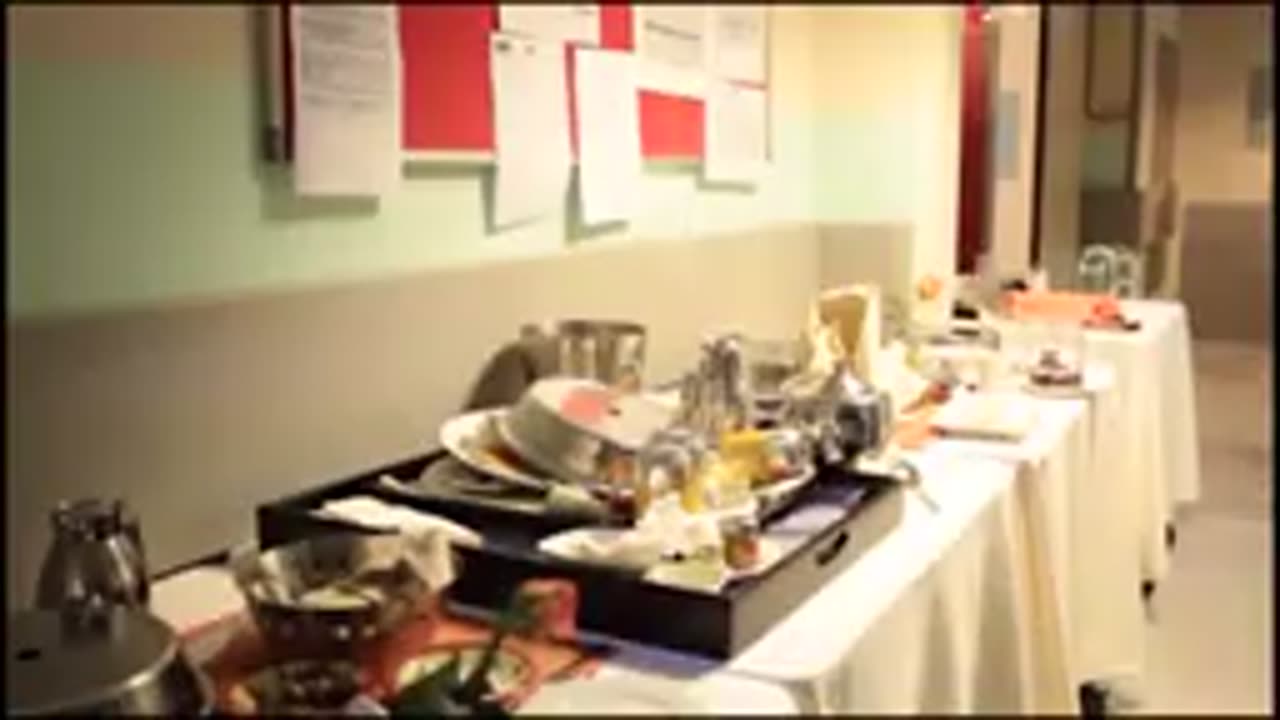Premium Only Content

Preventing Microbiological Contamination (HACCP Lessons - Part 11)
### Preventing Microbiological Contamination (HACCP Lessons - Part 11)
Microbiological contamination in food production or handling poses significant health risks and can lead to product recalls, economic losses, and reputational damage. Implementing robust Hazard Analysis and Critical Control Points (HACCP) principles is essential to minimize this risk. Here’s an overview of strategies to prevent microbiological contamination:
---
### **1. Understanding Microbiological Hazards**
Microbiological hazards include:
- **Bacteria**: Salmonella, E. coli, Listeria.
- **Viruses**: Norovirus, Hepatitis A.
- **Fungi and Molds**: Aspergillus species.
- **Parasites**: Cryptosporidium, Giardia.
Sources of contamination include:
- Raw materials.
- Equipment and utensils.
- Personnel (hygiene issues).
- Environment (air, water, pests).
---
### **2. Key HACCP Principles for Prevention**
#### **Conduct a Hazard Analysis**
- Identify potential microbiological risks at each step of production.
- Focus on raw ingredients, processing steps, and packaging.
#### **Determine Critical Control Points (CCPs)**
- Examples include cooking, pasteurization, and cooling processes.
- Identify points where contamination risks can be effectively controlled.
#### **Establish Critical Limits**
- Set measurable limits (e.g., minimum internal cooking temperature of 75°C/167°F).
- Monitor time, temperature, pH, or water activity to control microbial growth.
#### **Implement Monitoring Procedures**
- Use thermometers, pH meters, and rapid microbial testing kits.
- Regularly check environmental conditions such as humidity and air quality.
#### **Develop Corrective Actions**
- For example, if cooking temperatures are too low, extend the cooking time or reprocess the batch.
---
### **3. Preventative Measures**
#### **Good Manufacturing Practices (GMPs)**
- Maintain strict hygiene practices (clean uniforms, hairnets, gloves).
- Establish cleaning and sanitation schedules for equipment and facilities.
#### **Environmental Control**
- Ensure proper air filtration systems to prevent airborne contaminants.
- Maintain appropriate storage conditions (temperature, humidity).
#### **Raw Material Handling**
- Source raw materials from reliable suppliers with strong microbiological safety records.
- Implement robust incoming goods inspection.
#### **Personnel Hygiene**
- Train staff on handwashing techniques and personal protective equipment (PPE) usage.
- Restrict access to production areas to essential personnel only.
#### **Cross-Contamination Prevention**
- Use color-coded tools and equipment for different food types.
- Segregate raw and cooked products during storage and processing.
#### **Temperature Control**
- Store perishable goods below 5°C (41°F).
- Implement rapid cooling for cooked foods to below 5°C within 2 hours.
---
### **4. Verification and Validation**
- Conduct regular microbiological testing of products, surfaces, and air quality.
- Validate cleaning procedures through swab tests or ATP testing.
---
### **5. Documentation and Record Keeping**
- Maintain logs for temperature monitoring, cleaning schedules, and corrective actions.
- Keep supplier records and microbiological test results for traceability.
---
### **6. Ongoing Training**
- Train staff on recognizing microbiological hazards and maintaining hygiene.
- Update training as new risks or technologies emerge.
---
### **Conclusion**
Preventing microbiological contamination requires a proactive, structured approach that combines HACCP principles with best practices in hygiene and environmental management. By systematically addressing risks at every stage of the process, you can ensure food safety and regulatory compliance.
Would you like a more detailed guide on any of these points or a custom template for your facility?
-
 8:50:58
8:50:58
Right Side Broadcasting Network
1 day ago🎅 LIVE: Tracking Santa on Christmas Eve 2024 NORAD Santa Tracker 🎅
302K42 -
 2:48
2:48
Steven Crowder
1 day agoCROWDER CLASSICS: What’s This? | Nightmare Before Kwanzaa (Nightmare Before Christmas Parody)
292K12 -
 33:49
33:49
Quite Frankly
1 day agoThe Christmas Eve Midnight Telethon
102K22 -
 2:12:46
2:12:46
Price of Reason
23 hours agoAmber Heard BACKS Blake Lively Lawsuit Against Justin Baldoni! Is Disney CEO Bob Iger in TROUBLE?
56.9K23 -
 1:01:17
1:01:17
The StoneZONE with Roger Stone
18 hours agoChristmas Edition: Why the Panama Canal is Part of the America First Agenda | The StoneZONE
127K47 -
 18:12:15
18:12:15
LFA TV
1 day agoLFA TV CHRISTMAS EVE REPLAY
142K19 -
 13:32
13:32
Scammer Payback
19 hours agoChanging the Scammer's Desktop Background to his Location
12.2K3 -
 4:21
4:21
BIG NEM
21 hours agoNikola Tesla's Secret to Cultivating Creativity & Genius
8.76K1 -
 15:03
15:03
The Anthony Rogers Show
1 day agoAnthony Rogers - Live at Cusumano's Pizza (Upstairs)
6.96K1 -
 4:33:48
4:33:48
tacetmort3m
1 day ago🔴 LIVE - THE ZONE KEEPS PULLING ME BACK - STALKER 2 - PART 15
73.2K13